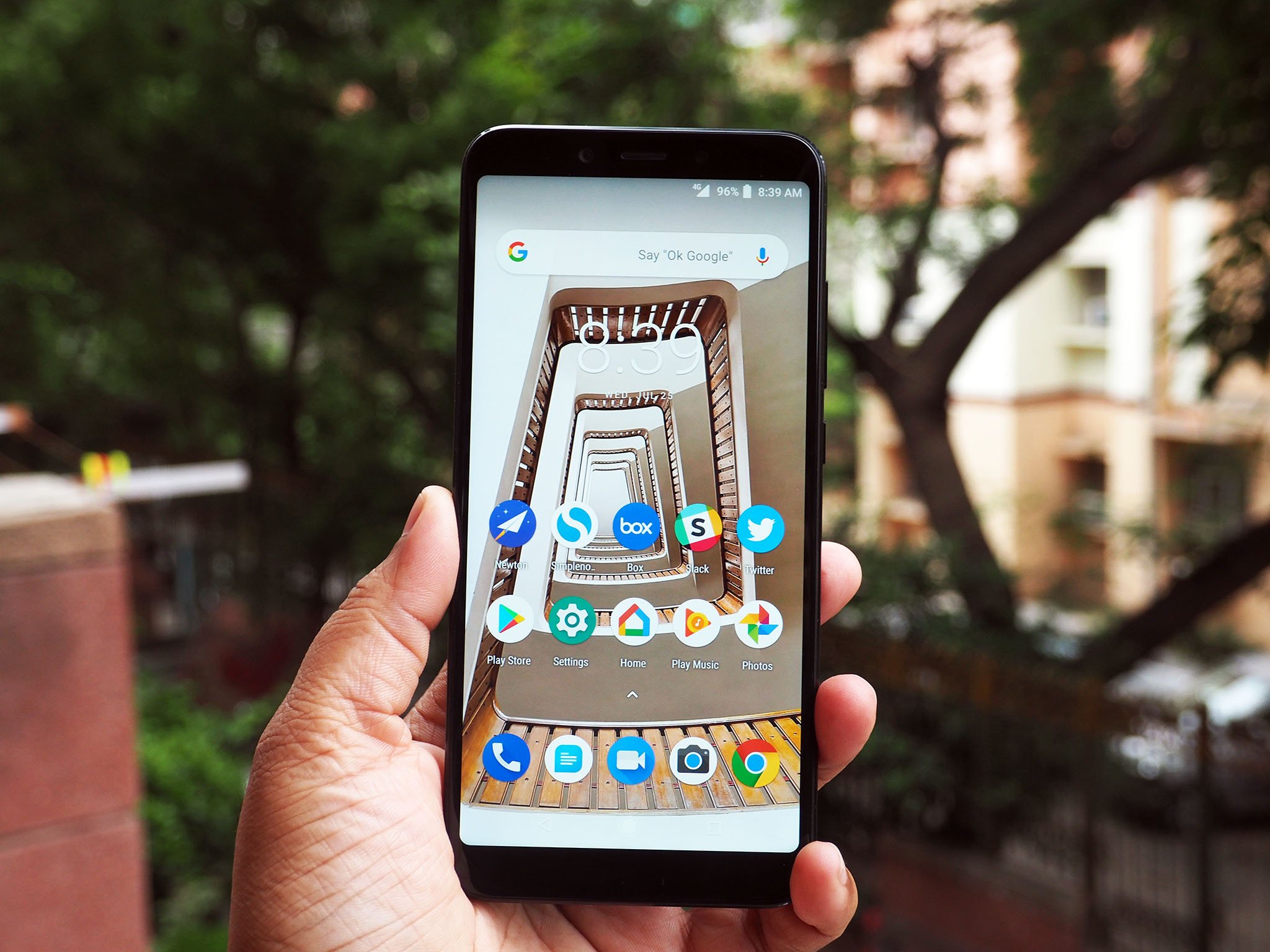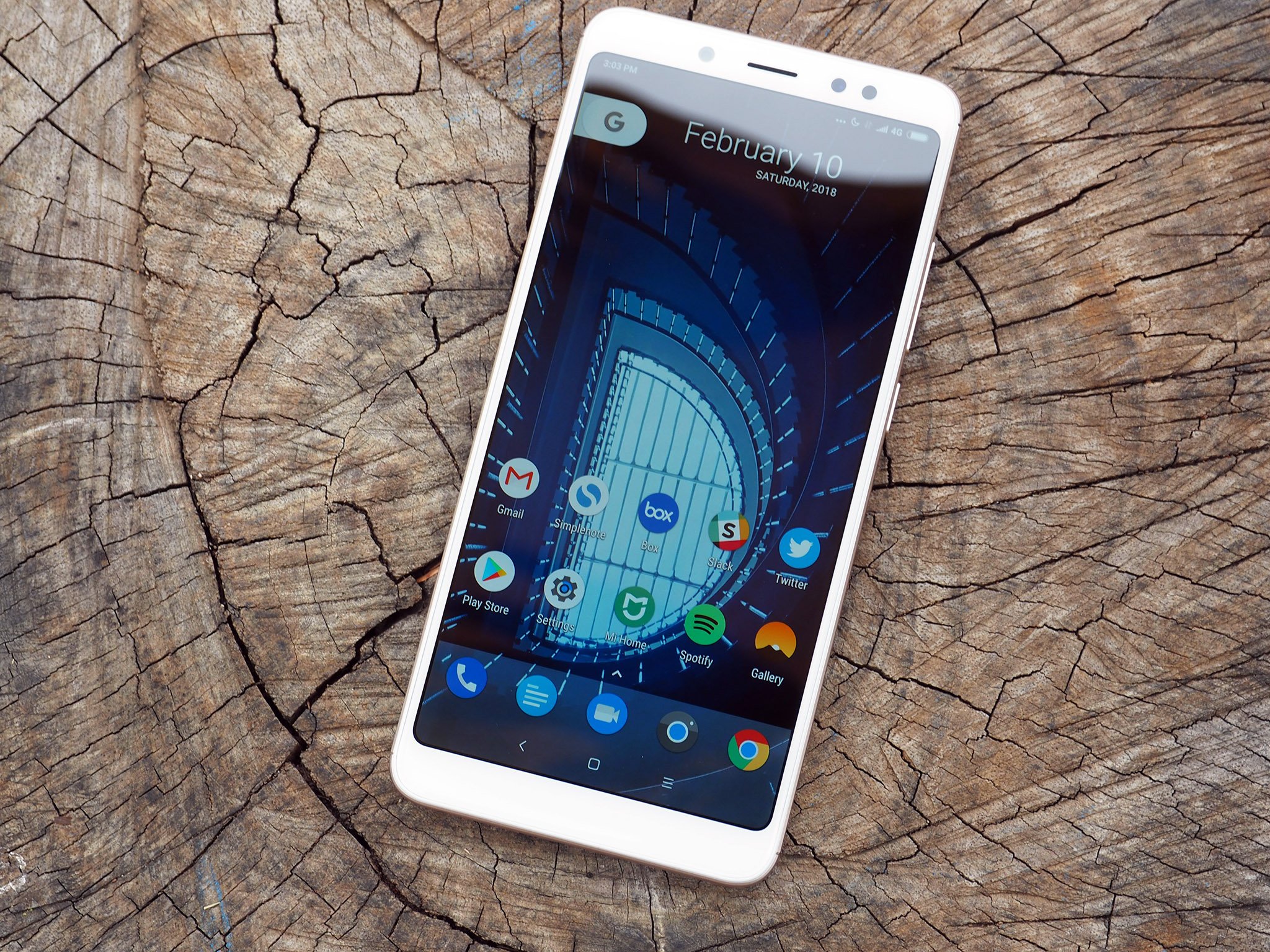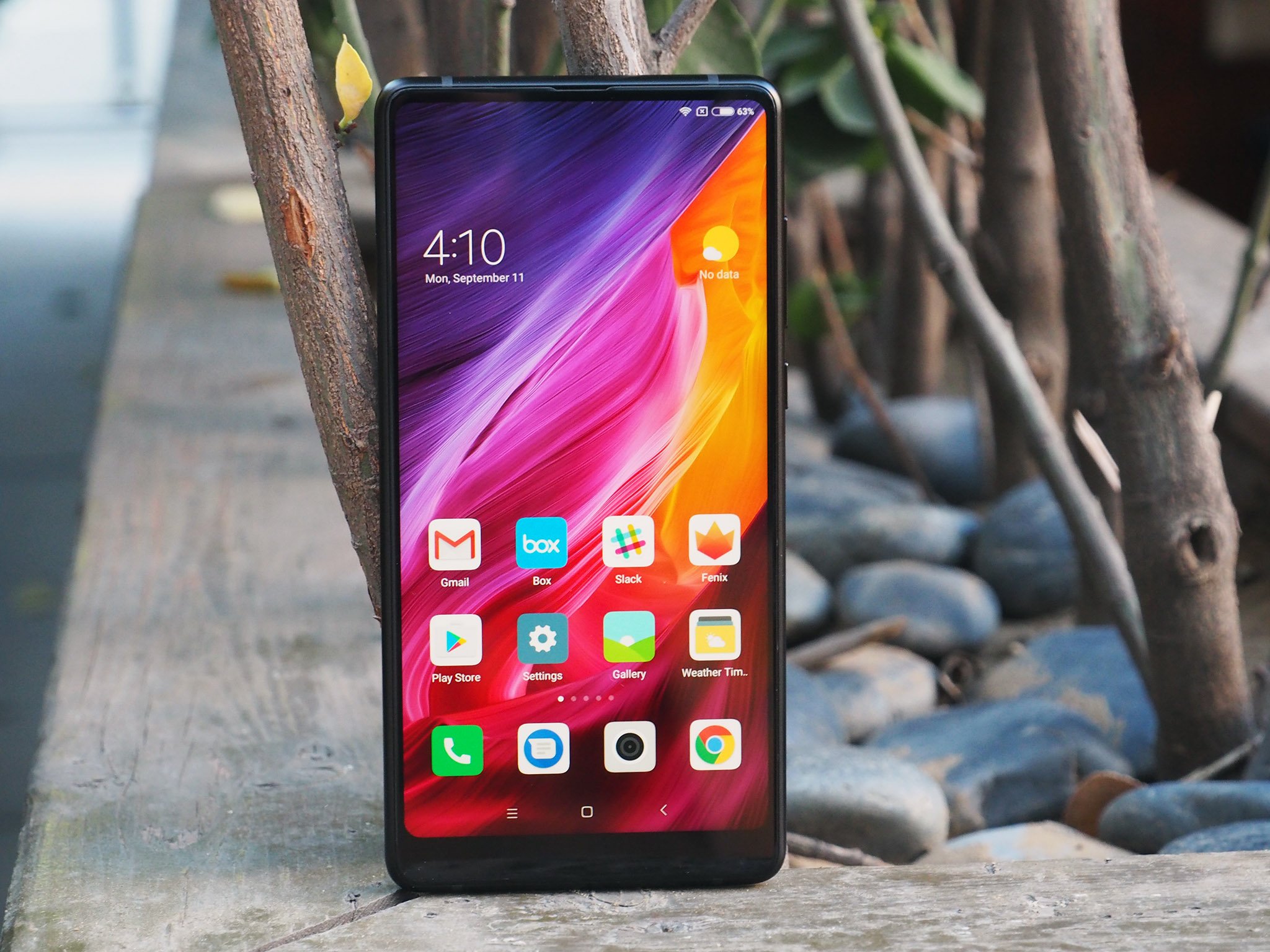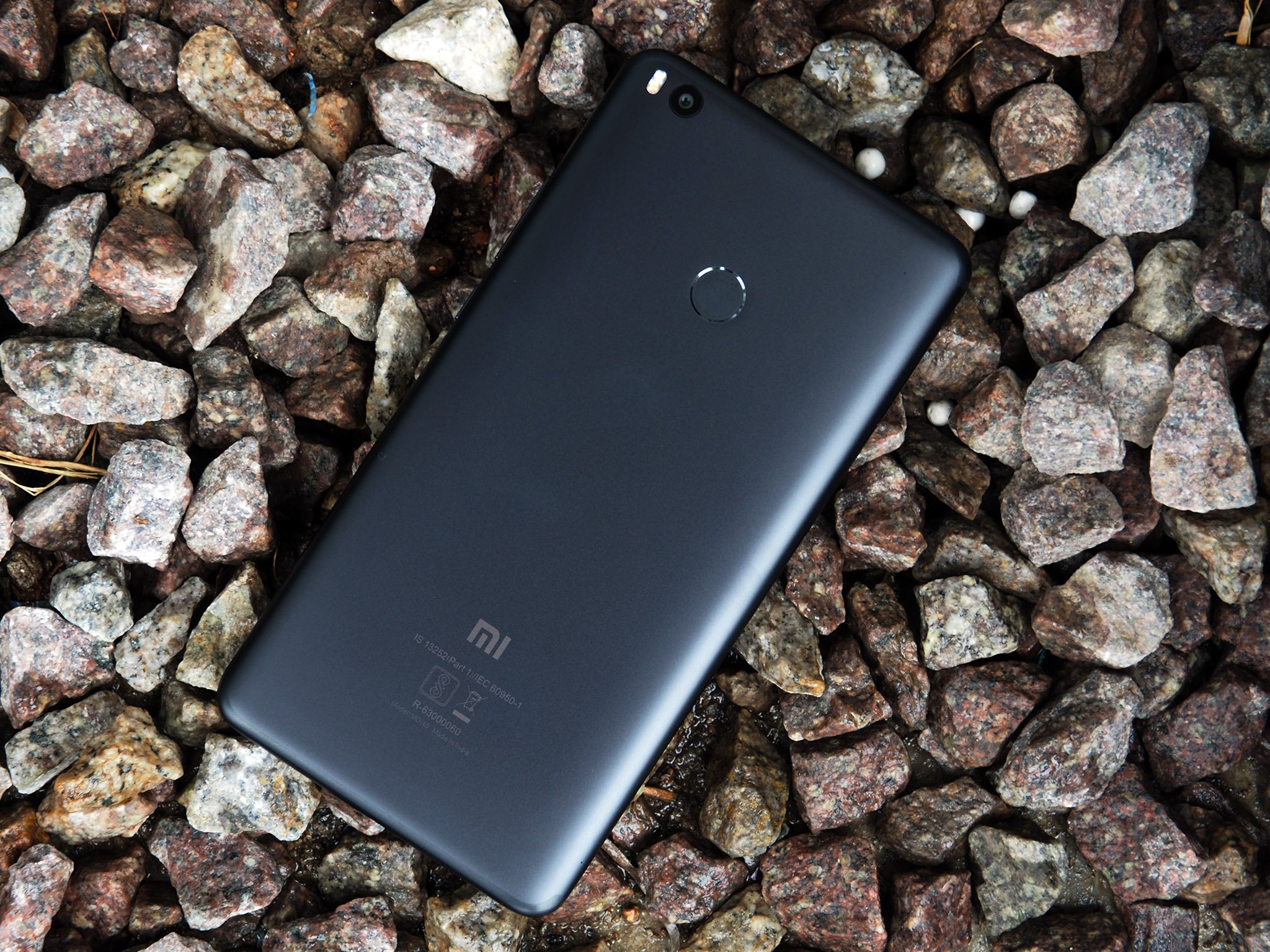Start here if you're looking for a phone that offers excellent value for money.
Xiaomi is a smartphone manufacturer that is growing in stature day-by-day, despite having limited presence outside of Asia. The company is now the fifth-largest smartphone vendor globally, a considerable achievement seeing as how the brand started selling phones outside China just three years ago.
Impressive, certainly, and it seems Xiaomi is set to go toe-to-toe with the likes of Apple and Samsung in the higher reaches of the smartphone market. The company overtook Samsung to become the largest smartphone brand in India late last year, and is slowly making its way to European markets.
While so many may have heard the name, the phones are still relatively alien to many in the West. Xiaomi has a reputation for building devices that are an extremely good value without cutting corners. If you're interested in picking up a Xiaomi phone or just interested in the brand, these are the phones you'll need to know about.
Xiaomi Mi A2
Released July 2018: The Mi A2 is a follow-up to last year's Mi A1, which was the first Xiaomi phone to offer Android One. Xiaomi's 2018 Android One device comes with a slew of improvements on the hardware front, including a beefier Snapdragon 660 chipset and 6GB of RAM along with 128GB of internal storage.
But the main draw here is the camera — featuring a 12MP + 20MP camera setup at the back, the Mi A2 sports one of the best cameras in the $300 category. The camera takes fantastic photos in both daylight and low-light scenarios, and there's also a 20MP front camera with AI-assisted portrait mode that works particularly well for selfies.
Xiaomi Mi A2 review: A great sequel with a fantastic camera
As for battery life, the 3000mAh battery delivers a day's worth of usage without any issues, and you get Quick Charge 3.0 as standard — and Quick Charge 4.0 if you're picking up the device in India. The Mi A2 is slated to pick up the Android 9.0 Pie update sometime before the end of the year.
The Mi A2 is available in a host of European markets as well as India, and the phone will be available in most global markets where Xiaomi currently sells phones.
Xiaomi Mi Mix 2S
Released March 2018: The Mi Mix 2S is Xiaomi's first flagship of 2018. The phone shares the same design aesthetic as last year's Mi Mix 2, but has key upgrades both on the hardware and software fronts. The Mi Mix 2S is powered by Qualcomm's latest 10nm Snapdragon 845 chipset, and comes with 8GB of RAM, 256GB of internal storage, and global LTE bands.
There's also a variant with 6GB of RAM and storage options of 64GB and 128GB, but these models don't offer global LTE connectivity. The highlight of the Mi Mix 2S is the dual camera arrangement at the back, with the phone featuring two 12MP imaging sensors. The primary 12MP camera is a Sony IMX 363 sensor and offers 1.4-micron pixels, whereas the secondary sensor is made by Samsung and is used as a telephoto lens.
The primary camera may just be the best Xiaomi has offered in a phone to date, and DxOMark give it a score of 97, just a few points shy of the Pixel 2 XL. The phone holds its own in daylight conditions, but it's in low-light shooting modes where the camera truly shines. A lot of that has to do with the new AI-assisted features baked into the camera, giving it the ability to pick out the best shooting mode based on the lighting conditions.
Xiaomi Mi Mix 2S review: Great hardware and vastly improved software
The AI features also extend to portrait mode, giving you the ability to set the intensity of the background blur and even animate the background bokeh. On the software side of things, the Mi Mix 2S is the first Xiaomi phone to come with Android 8.0 Oreo out of the box. It offers the latest iteration of MIUI — MIUI 9.5 — and the interface as a whole feels much more polished.
With MIUI 9.5, you can also finally restore settings and apps from a previous Android phone or using your Google account. Previously, you were limited to choosing restore options from Xiaomi's own Mi Cloud account — and the latest move makes MIUI a more enticing option to customers in Western markets.
The phone is on sale in China for the equivalent of $540. The variant with 8GB of RAM and 256GB of storage costs $640, and right now there's no indication that the phone will be sold in global markets. But you can always pick it up from the likes of GearBest.
Xiaomi Redmi Note 5 Pro
Released February 2018: Xiaomi unveiled the Redmi Note 5 Pro in India back in February, and it's safe to say that the device is the best budget phone in the country by some margin. after just four months of sales, Xiaomi netted over 5 million sales for the Redmi Note 5 series, making it the fastest-selling lineup in the country. A lot of what makes the Redmi Note 5 Pro so great comes down to the hardware: it is the first phone in the world to be powered by Qualcomm's Snapdragon 636, and the performance is staggering.
The Snapdragon 636 itself is an underclocked version of the Snapdragon 660, which is seen on devices that cost three times as much as the Redmi Note 5 Pro. Other specs include up to 6GB of RAM and 64GB of internal storage, along with a dual camera setup at the back. That camera is also interesting, as it is one of the best available in the budget segment right now.
Xiaomi Redmi Note 5 Pro review: King of the hill
For the equivalent of $220, there really isn't a device that offers quite as much as the Redmi Note 5 Pro. The phone is available via weekly flash sales in India, with the base variant with 4GB of RAM and 64GB of storage available for ₹13,999 ($214). The variant with 6GB of RAM and 64GB of storage retails for ₹16,999 ($260).
Considering what's on offer with the device, the Redmi Note 5 Pro is an absolute steal. Xiaomi is the king of the budget segment, and strong sales of the Redmi Note 4 last year allowed the brand to overtake Samsung. With the Redmi Note 5 Pro, the Chinese manufacturer is set to solidify its position in India.
Xiaomi Mi Mix 2
Released October 2017: Xiaomi made the smartphone segment stand up and take notice with the Mi Mix in 2016. The device's ultra-thin bezels combined with the ceramic construction made it an enticing option for enthusiasts, but with availability limited primarily to Asian markets, it wasn't the easiest phone to get a hold of. All that's changed with the Mi Mix 2: the phone has the same basic design as the Mi Mix, but with a smaller 5.99-inch screen and a more rounded design that makes it much more accessible.
And with Xiaomi offering the device in over 30 markets, it is widely available for purchase. One of the highlights of the Mi Mix 2 is global LTE connectivity, with the phone featuring 42 bands in total — the most of any phone sold today, according to Xiaomi. Then there's that evocative bezel-less design, which sees three edges of the screen sporting razor-thin margins.
Xiaomi Mi Mix 2 review: Astounding, audacious, accessible
Like the first-gen Mi Mix, the front camera has been moved to the bottom bar, which has also shrunk. The camera module itself is smaller, and has been blacked out to make it blend into the frame, creating a seamless look at the front. Xiaomi has retained the ceramic back, but switched to an aluminum mid-frame. There is a version with an all-ceramic chassis, but that particular model is exclusive to China and sold in limited numbers.
The Mi Mix 2 is no slouch either, sporting a Snapdragon 835, 6GB or 8GB of RAM, 64GB/128GB/256GB of internal storage, 12MP camera, 5MP front shooter, Wi-Fi ac with MIMO, Bluetooth 5.0, and a 3400mAh battery. One of the main drawbacks of last year's Mi Mix was the primary camera, but this time around Xiaomi addressed the issue by using the same 12MP imaging sensor as the one on the Mi 6. As a result, images taken with the Mi Mix 2 look incredible.
With the Mi Mix 2, Xiaomi has made its bezel-less design accessible to a more mainstream audience. The device is now on sale in a handful of Asian markets, including India, where the model with 6GB of RAM and 128GB storage is available for ₹32,999 ($500). Xiaomi also kicked off sales in Europe, starting with the Spanish market.
If you're looking to pick up the phone from a country where it isn't officially available, then you'll have to go through a reseller like GearBest.
Xiaomi Mi 6
Released April 2017: The Mi 6 became the first sub-$500 phone to be powered by the Snapdragon 835. It also has the distinction of being the first Xiaomi device to ditch the 3.5mm jack. The highlight of the phone is the dual-camera setup at the back, which includes a standard 12-megapixel wide-angle lens, along with a 12MP telephoto lens that delivers 2x lossless zoom.
The design has picked up a considerable upgrade from last year's Mi 5, with Xiaomi offering a chassis with rounded corners and two panes of glass sandwiched by a stainless steel frame. As you'd imagine from a Xiaomi flagship, the Mi 6 has beefy specs in the form of a 2.45GHz Snapdragon 835, 5.15-inch Full HD display, 6GB of RAM, 64GB/128GB internal memory, 8MP front shooter, Wi-Fi ac, Bluetooth 5.0, NFC, and USB-C.
Xiaomi Mi 6 review: A new beginning
The removal of the 3.5mm jack allowed Xiaomi to fit in a larger 3,350mAh battery — 15% larger than the battery in the Mi 5 — while also making the device splash-resistant. The Mi 6 is also offered in a variety of color options, as well as a limited edition ceramic version and a silver variant with a mirror finish.
The phone retails for the equivalent of $420 in China, and with availability limited to a few Asian markets, you'll have to go through a Chinese site to get your hands on a device if you're looking to use it in other markets. Just be aware that it doesn't have global LTE bands, unlike the Mi Mix 2. You get bands 1/3/5/7/838/39/40/41, but if you're in a market where there's LTE connectivity on those bands, the Mi 6 is a great option for under $500.
Xiaomi Mi A1
Released October 2017: If the Mi Mix 2 is innovative for its hardware, the Mi A1 is groundbreaking for its software. The phone is the first from Xiaomi to not run MIUI, with the Chinese manufacturer collaborating with Google on the Android One platform. As a result, you get a device with Xiaomi's design language and Google's software vision. The fact that the device costs under $250 is the icing on the cake.
The Mi A1 has a premium design with antenna bands running along the top and bottom of the phone at the back, and the aluminum body gives it an upmarket look. The phone also has dual 12MP rear cameras, with the same configuration as the Mi 6: a wide-angle lens augmented by a telephoto lens for 2x optical zoom.
The rest of the specs include a 5.5-inch Full HD display, Snapdragon 625, 4GB of RAM, 64GB of internal storage, microSD slot, 5MP front shooter, 3.5mm jack, and a 3080mAh battery that charges over USB-C.
Xiaomi Mi A1 review: Best of both worlds
In the two months the Mi A1 has been on sale, Xiaomi has rolled out two updates, delivering the latest security patch. The phone is set to receive the Android 8.0 Oreo update before the end of the year, and is slated to be in the first wave of devices to pick up the Android P update once it becomes available next year.
The Mi A1 is widely available, with Xiaomi kicking off sales in all markets it currently has a presence. In India, the device is sold on Flipkart for ₹14,999 ($235).
Xiaomi Redmi 5A
Released November 2017: The Redmi 5A has the distinction of being the most affordable Xiaomi handset to date, with the phone making its debut in India for under $100. Xiaomi saw a lot of success with the Redmi 4A, and it didn't alter the formula too much with the Redmi 5A: you get the same basic hardware, but the lower price means the phone will be accessible to a wider audience.
The Redmi 5A is aimed at the Indian market, where the base variant with 2GB of RAM and 16GB of storage is on sale for just ₹4,999 ($77). That's ₹1,000 ($15) less than the Redmi 4A, and while that price is limited to the first five million units, Xiaomi's decision to sell the device for under ₹5,000 should give the brand an added boost when it comes to sales figures.
Specs of the Redmi 5A include a 5.0-inch 720p display, Snapdragon 425, 2GB/3GB of RAM, 16GB/32GB of internal storage, dedicated microSD slot along with two SIM card slots, 13MP rear camera, 5MP front shooter, and a 3000mAh battery. On the software front, the phone runs MIUI 9 out of the box.
The Redmi 5A is all about delivering incredible value in the entry-level segment, and it manages to do that with aplomb.
Xiaomi Mi Max 2
Released May 2017: The Mi Max turned out to be a surprise hit for Xiaomi last year, so the company rolled out an updated variant with a better design and upgraded internals. The large 6.44-inch screen combined with a massive battery makes the Mi Max 2 a multimedia powerhouse.
With the latest iteration, Xiaomi switched to a unibody design with antenna lines at the back, and made the edges rounded to make it easier to hold the device. The phone isn't made for one-handed usage, but it is a far sight better to look at and use when seen next to the Mi Max.
Xiaomi Mi Max 2 review: Bigger is better
The Mi Max 2 features a 6.44-inch Full HD display, Snapdragon 625, 4GB of RAM, 64GB/128GB of internal storage, microSD card slot, 12MP camera, 5MP front camera, and a huge 5300mAh battery that is designed to provide at least two days' worth of usage from a full charge.
The sheer size of the Mi Max 2 makes it a niche device, but if you're in the market for a phone with a large screen and class-leading battery life, there isn't a better device available today.
Updated August 2018: This article was updated with the Mi A2.
from Android Central - Android Forums, News, Reviews, Help and Android Wallpapers https://ift.tt/2Nb6TeM
via IFTTT









No comments:
Post a Comment